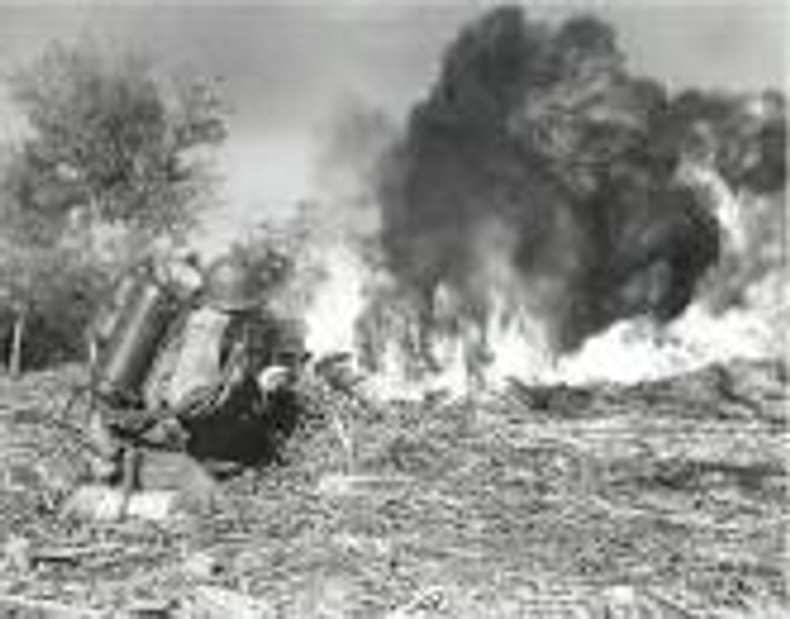Introduction
Flamethrowers have been used in warfare for centuries, but they have also found their way into various other applications. In this blog post, we will explore what flamethrowers are and how they work.
What is a Flamethrower?
A flamethrower is a portable device that projects a long stream of ignited fuel, typically a flammable liquid, towards a target. It is designed to create a continuous jet of fire.
How Do Flamethrowers Work?
Flamethrowers operate on a simple principle: a propulsion system a fuel source and an ignition system to project fire. Here is a step-by-step breakdown of how flamethrowers work:
Step 1: Fuel Source
A flamethrower requires a fuel source to create the fire. The most commonly used fuel is a mixture of gasoline and oil, which is highly flammable and can sustain a continuous flame.
Step 2: Pump driven or Pressurized Tank
The fuel is stored in a fuel tank, originally located on the user's back. The fuel is then pumped from the fuel tank much like a car. The original flamethrowers created for war were pressurized with inert gas. New commercially available units like the models offered by Vulcan Flamethrowers have a self contained fuel tank built in. A backpack can be added for increased fuel capacity Fuel drawn from the tank travels through the pump which is connected to the flamethrower's nozzle.
Step 3: Ignition System
When the user activates the flamethrower, the ignition system comes into play. It typically consists of a spark igniter or a pilot flame that ignites the fuel as it leaves the nozzle.
Step 4: Nozzle and Valve
The nozzle is the outlet through which the fuel is expelled. It is designed to create a focused stream of ignited fuel. The valve controls the flow of fuel from the pump or tank to the nozzle.
Step 5: Operation
Once the user opens the valve, the pressurized fuel is released and ignited by the ignition system. The fuel travels through the pump or hose and out of the nozzle, creating a stream of fire.
Applications of Flamethrowers
While flamethrowers are primarily associated with military use in the past, they have also found applications in other fields. Some common uses include:
1. Controlled Burns
Flamethrowers can be used for controlled burns in agriculture and forestry. They help clear vegetation and prevent the spread of wildfires.
2. Pest Control
In certain agricultural settings, flamethrowers are used to control pests and weeds. The intense heat destroys unwanted vegetation without the need for chemicals.
3. Special Effects
Flamethrowers are sometimes used in the entertainment industry to create dramatic fire effects in movies, TV shows, and live performances.
Conclusion
Flamethrowers are powerful devices that project a stream of ignited fuel. They operate by using a fuel source, pump or pressurized tank, ignition system, nozzle, and valve. While primarily associated with military use, flamethrowers have found applications in controlled burns, pest control, and special effects. Understanding how flamethrowers work can help us appreciate their historical significance and diverse applications

